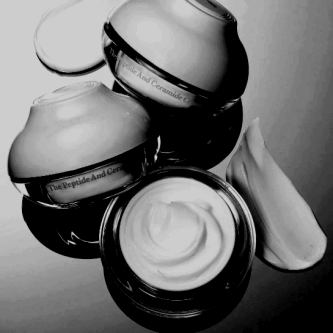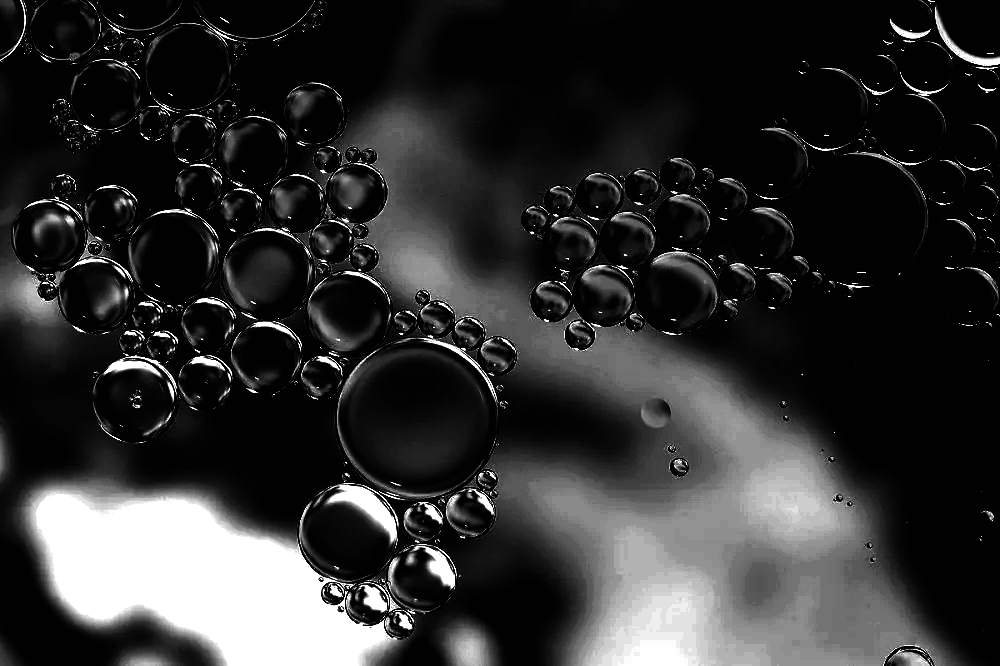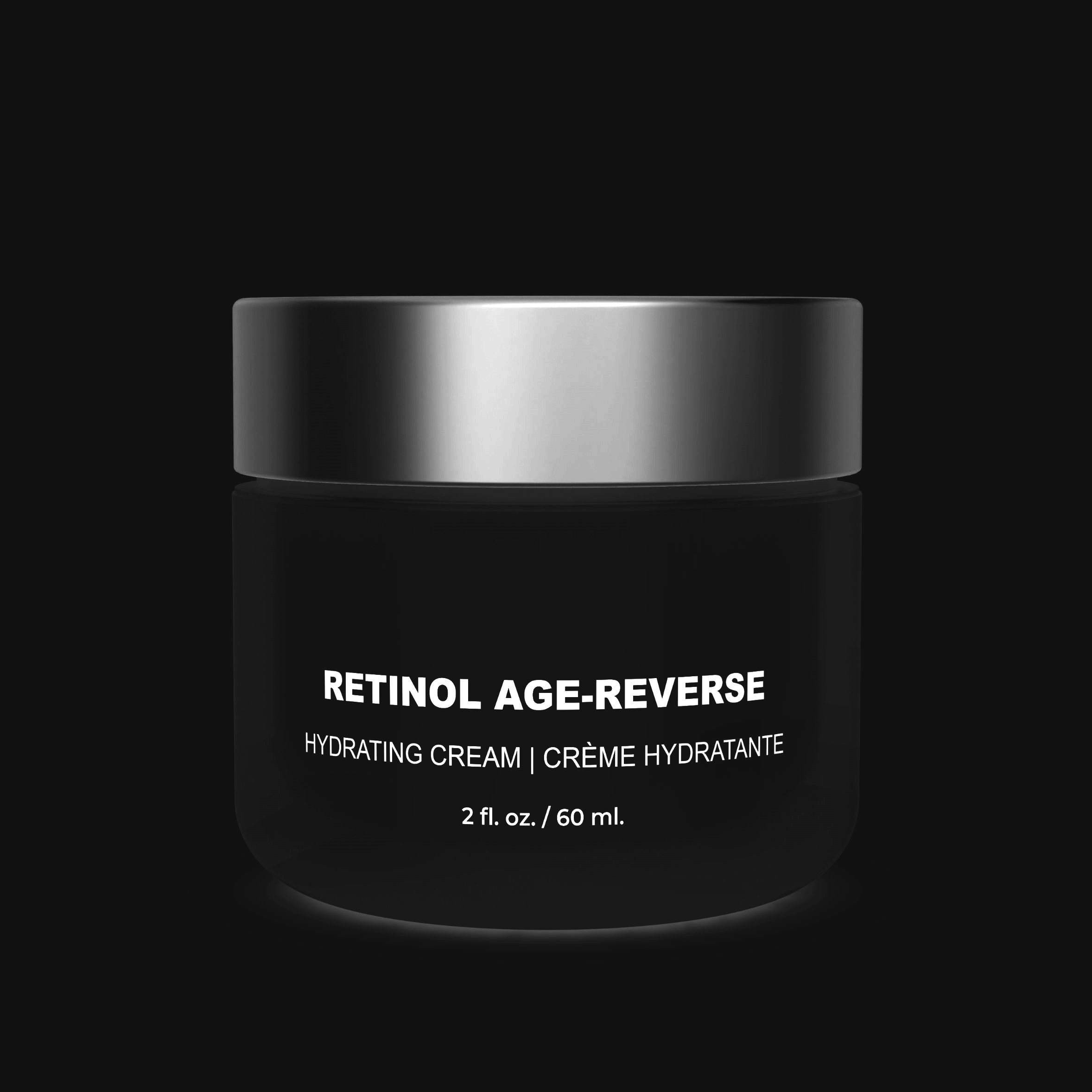Hydroxy Acids: The difference between Alpha Hydroxy Acids and Beta Hydroxy Acids
Facial exfoliation is an essential component of any skincare regimen, as it helps to balance out and smooth the skin’s texture while brightening the complexion. However, it is also one of the most difficult phases to decipher. It might be difficult to determine how frequently to exfoliate, when to exfoliate during your routine, and the strength of the exfoliant.
To further complicate matters, you have two exfoliation options to pick from. Physical exfoliation, also known as mechanical exfoliation, includes using a tool or scrub to physically remove dead surface skin cells. The second method is chemical exfoliation, which uses an acid to remove dead skin cells gently. Chemical exfoliation utilizes three primary types of ingredients: alpha hydroxy acids (AHAs), beta hydroxy acids (BHAs), and (less common but still popular) poly-hydroxy acids (PHAs). While both acids serve a similar purpose, you may choose one over the other based on your skin type and problems.
If you want to get the most out of chemical exfoliation, it is worthwhile to study the difference between alpha hydroxy acids and beta hydroxy acids. Learn more about alpha hydroxy acids and beta hydroxy acids, including which one is more beneficial and how to incorporate it into your routine, in the following section.
What are Hydroxy Acids?
Hydroxy acids (HAs) are a class of chemicals that have been widely used in a variety of cosmetic and skincare formulations to achieve a variety of beneficial effects on the skin. The main benefit of Hydroxy Acids are to removed dead skin cells to exfoliate and renew the outer skin layer.
What Skin Types Should Use Alpha Hydroxy Acids?
Macrene Alexiades, M.D., a board-certified dermatologist in New York, says that AHAs are mostly used to treat mild hyperpigmentation like age spots, melasma, scars, enlarged pores, fine lines, and uneven skin tone. People with older or darker skin often benefit from adding an alpha hydroxy acid to their routine. This is because alpha hydroxy acids can help fight signs of aging and even out skin tone. “When you use something like alpha hydroxy acids, they work to get to the healthy skin underneath. Over time, they get a brighter, more youthful glow. AHAs can also make deeper layers of skin thicker and firmer.
In general, most alpha hydroxy acids can irritate skin that is already sensitive. Still, some AHAs are easier on the skin than others depending on the strength level of the AHAs. Dr. Hammerman says, “Lactic acid is the most hydrating of all the AHAs, so it can be used on both dry and sensitive skin.” However as a general rule you should never use any formulas with a concentration of more than 15%.
Beta hydroxy acids should be used on what kinds of skin?
“BHAs are great for skin that is oily and prone to acne,” says Dr. Jamal. Beta-hydroxy acids, of which salicylic acid is the most common, are good for people with acne because they also kill bacteria as well as unclogging pores and removing dead skin cells. Also, Dr. Nichols says that low concentrations of BHAs, like 2% salicylic acid, can help reduce inflammation, making them good for sensitive skin as well.
Alpha Hydroxy vs Beta Hydroxy
Products that contain AHAs are marketed for a range of objectives, including the reduction of fine lines and surface wrinkles, the improvement of skin texture and tone, the unblocking and cleansing of pores, and the general improvement of skin condition.
Although AHAs and BHAs both perform the function of exfoliants, it has been suggested that BHAs are superior to AHAs in terms of their ability to improve overall skin texture, reduce the appearance of fine lines and wrinkles, and do so without the occasional irritation that can be caused by the use of AHAs. Due to lower irritation BHAs are recommended for dry and sensitive skin.
AHAs are commonly used to smooth the skin, reduce dark spots or hyperpigmentation, and reduce the appearance of scars. However, they are not always appropriate for darker skin tones. Whereas BHAs are effective in reducing the appearance of fine lines and wrinkles, and improving overall skin texture.
Types of Alpha Hydroxy Acids (AHAs)
There are various sorts of AHA. Dermatologists frequently use the following AHAs as examples:
- Lactic acid is found in dairy and fermented vegetables
- Glycolic acid is derived from sugarcane
- Malic acid is found in apples
- Citric acid is found in citrus fruits
- Tartaric acid is found in grapes.
Some of the most well-known AHAs are lactic and glycolic acid. However, all AHAs function in the same way.
Types of Beta Hydroxy Acids (BHAs)
There are various sorts of AHA. Dermatologists frequently use the following AHAs as examples:
- Beta hydroxybutanoic acid
- Tropic acid
- Trethocanic acid
- Salicylic acid, which may alternatively be listed as salicylate, sodium salicylate, or willow bark extract on ingredient lists
Some of the most well-known AHAs are lactic and glycolic acid. However, all AHAs function in the same way.
Beta Hydroxy Acids are said to be better for Oily and Acne Prone skin because they can :
- Improve skin texture
- Minimize skin cell shedding inside pores
- Lowering the likelihood of acne by stopping blockages and obstructions
- Dissolve and remove blackheads and whiteheads
The most frequent Trusted Source BHA in skin care products is salicylic acid. Salicylic acid, like AHAs, can be used in a variety of ways. People can also buy products that contain both AHAs and BHAs.
Other types of acid used in skin care products do not act as exfoliants. Hyaluronic acid (HA), for example, is a humectant, not an exfoliator. HA functions by binding to water and retaining moisture in the skin.
Benefits of Hydroxy Acids
AHAs have a variety of possible skin applications, including:
Exfoliation that is gentle
AHAs can be an excellent alternative to traditional exfoliating treatments, such as abrasive brushes, scrubs, or face wipes. These mechanical exfoliation treatments can be abrasive and irritating.
Enhancing skin texture
AHAs and other acid exfoliants help exfoliate rough or flaky skin without causing irritation. They can therefore reduce the look of dry skin, pimples, and keratosis pilaris.
Getting rid of visible signs of aging
The turnover of new skin cells slows over time and with sun exposure. This might make fine lines and wrinkles appear more prominent.
Remove dead skin cells
AHAs aid in the removal of the top layer of dead skin cells, exposing fresh new cells beneath. AHAs may promote collagen and elastin in the skin over time.
Restore elasticity
These substances provide structure and elasticity to the skin, although they naturally diminish with age. People who use AHAs on a regular basis may discover that their skin appears plumper.
Taking care of hyperpigmentation, melasma, and sun damage
The use of AHA products or peels on a regular basis may aid in the treatment of hyperpigmentation or dark spots on the skin, such as:
Melasma, age spots, and sun damage
AHA peels are frequently used for these purposes by dermatologists since they can work on deeper layers of the skin than over-the-counter (OTC) treatments.
It is crucial to note that AHAs can produce dark patches and changes in skin tone in people with darker complexion. If this is an issue, consult a dermatologist before using an AHA.
Reducing acne AHAs may aid in the prevention of acne by eliminating dead skin cells that can clog pores and create pimples.
Side Effects of Hydroxy Acids :
In dermatology, AHAs have been utilized as superficial peeling agents as well as to improve the appearance of the skin and to remove acne. However, anyone utilizing AHA-containing skincare products should be cautious of some of the most common side effects : swelling, burning, and itching.
Potential signs of over-use of Hydroxy Acids include:
- Irritation or burning
- Dryness or flakiness
- Blotchiness and uneven skin tone
- Increased sensitivity to other products
Work Cited :
Tang, S C. “Dual Effects of Alpha-Hydroxy Acids on the Skin”. https://www.ncbi.nlm.nih.gov/pmc/articles/PMC6017965/
U.S. Food & Drug Adminstration. “Alpha Hydroxy Acids”. https://www.fda.gov/cosmetics/cosmetic-ingredients/alpha-hydroxy-acids
U.S. Food & Drug Adminstration. “Beta Hydroxy Acids”. https://www.fda.gov/cosmetics/cosmetic-ingredients/beta-hydroxy-acids




